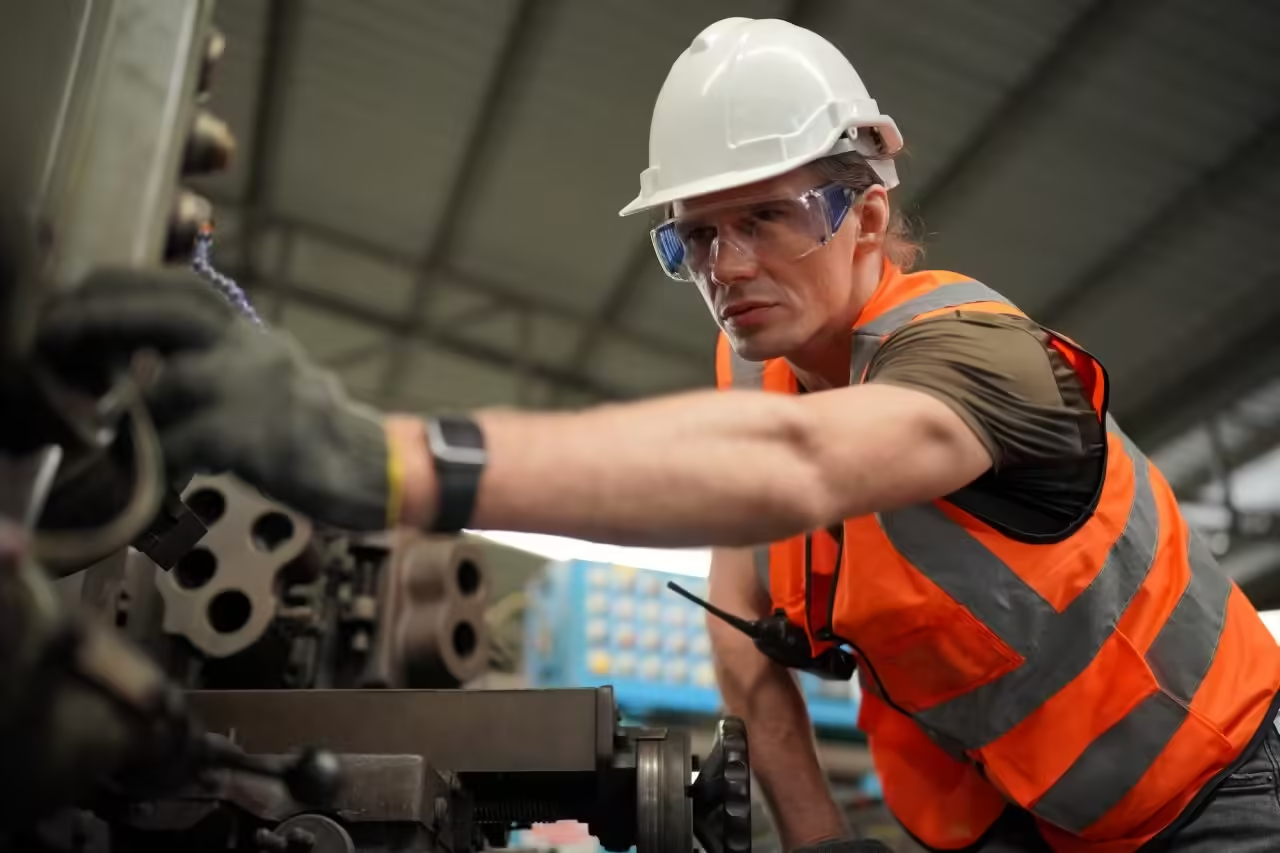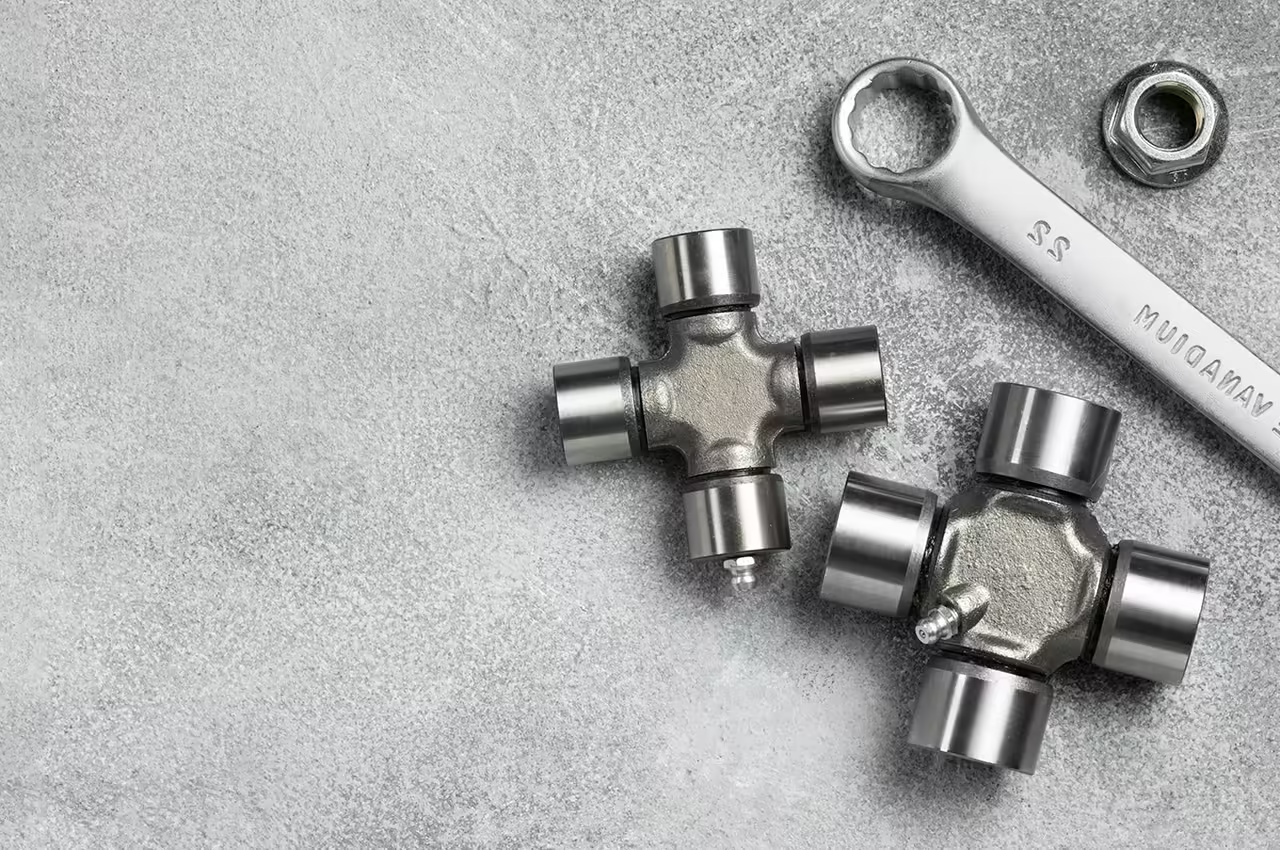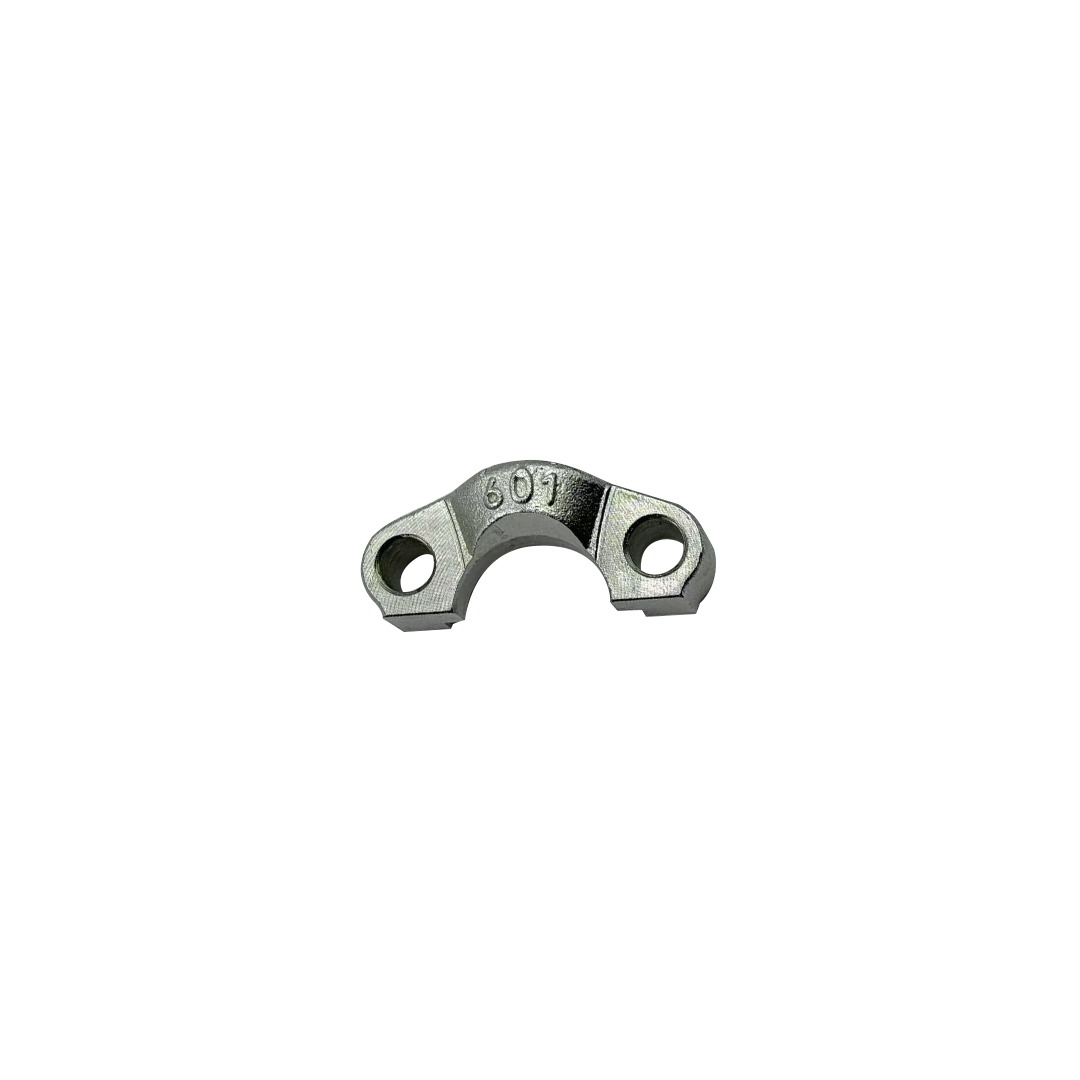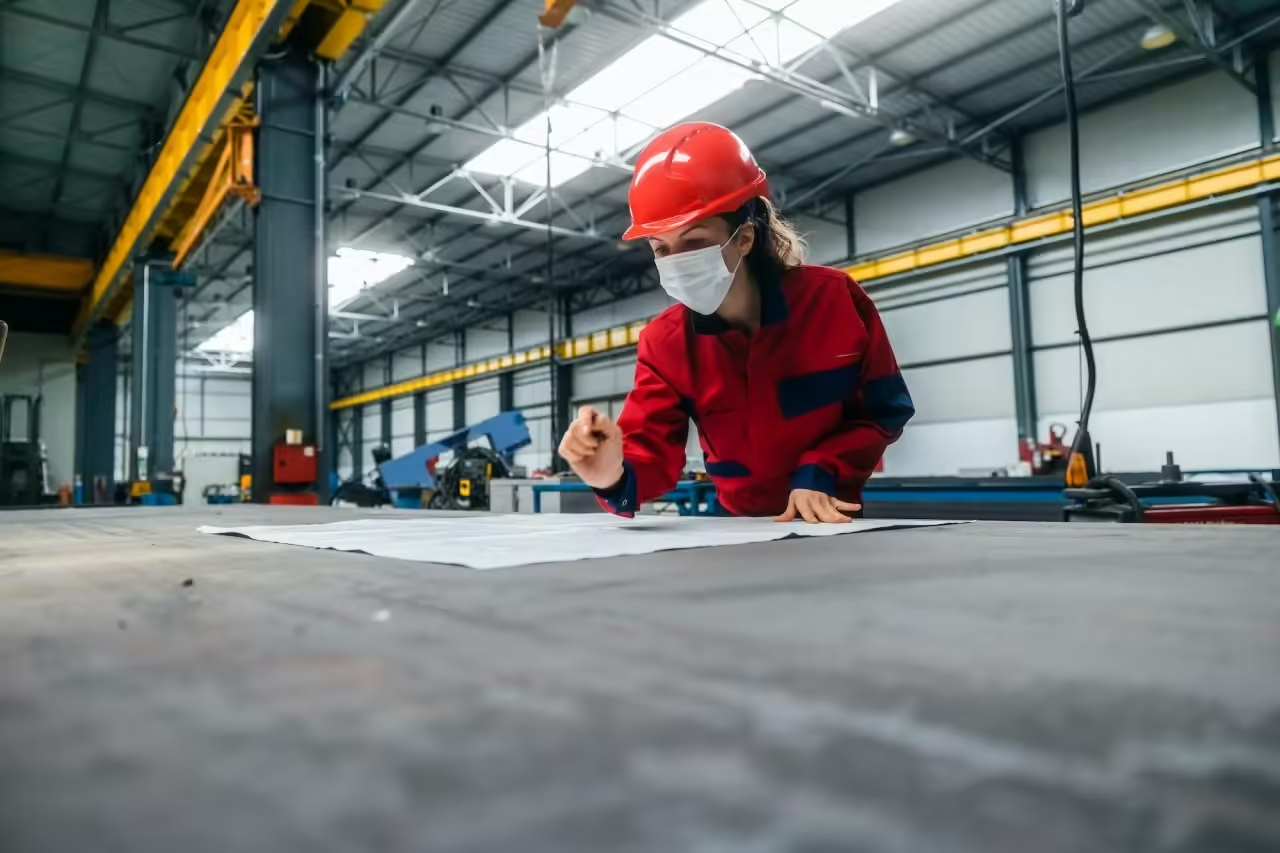Table of Contents
Introduction
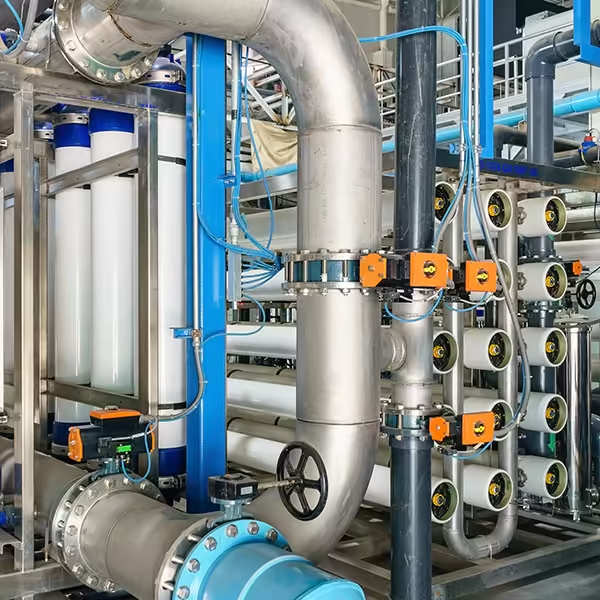
Stainless steel pipe fittings play a crucial role in ensuring the efficiency, safety, and durability of industrial and hydraulic piping systems. When installed correctly, they provide excellent corrosion resistance, leak-proof sealing, and compatibility with high-pressure environments. However, using the wrong stainless steel pipe fittings can lead to performance issues, frequent maintenance, and even system failure.
Many professionals overlook subtle signs that indicate mismatched or low-quality fittings. In this article, we will identify three critical signs that you might be using the wrong stainless steel pipe fittings. We’ll also compare various fitting types, discuss their proper applications, and introduce the high-quality solutions offered by Hebei Minglai Pipe Fitting Co., Ltd.
Sign 1: Frequent Leaks and Pressure Drops in the Pipeline
One of the first and most obvious signs of using the wrong stainless steel pipe fittings is recurring leaks. Leaks not only disrupt operations but can also lead to significant material loss, environmental hazards, and equipment damage. These leaks often result from poor sealing or mismatched thread types.
Another related issue is unexplained pressure drops. A faulty or incompatible fitting may cause internal restrictions or improper seating, resulting in reduced flow and inefficiencies. Especially in high-pressure hydraulic systems, any deviation from expected pressure levels can impact the entire process.
Common Causes:
- Incorrect thread size or type (e.g., NPT vs BSP)
- Substandard sealing surfaces
- Material incompatibility with the pipe or fluid
- Low-grade manufacturing tolerances
If your system experiences these problems regularly, it’s time to re-evaluate the type and quality of stainless steel pipe fittings being used.
Sign 2: Visible Corrosion or Surface Degradation
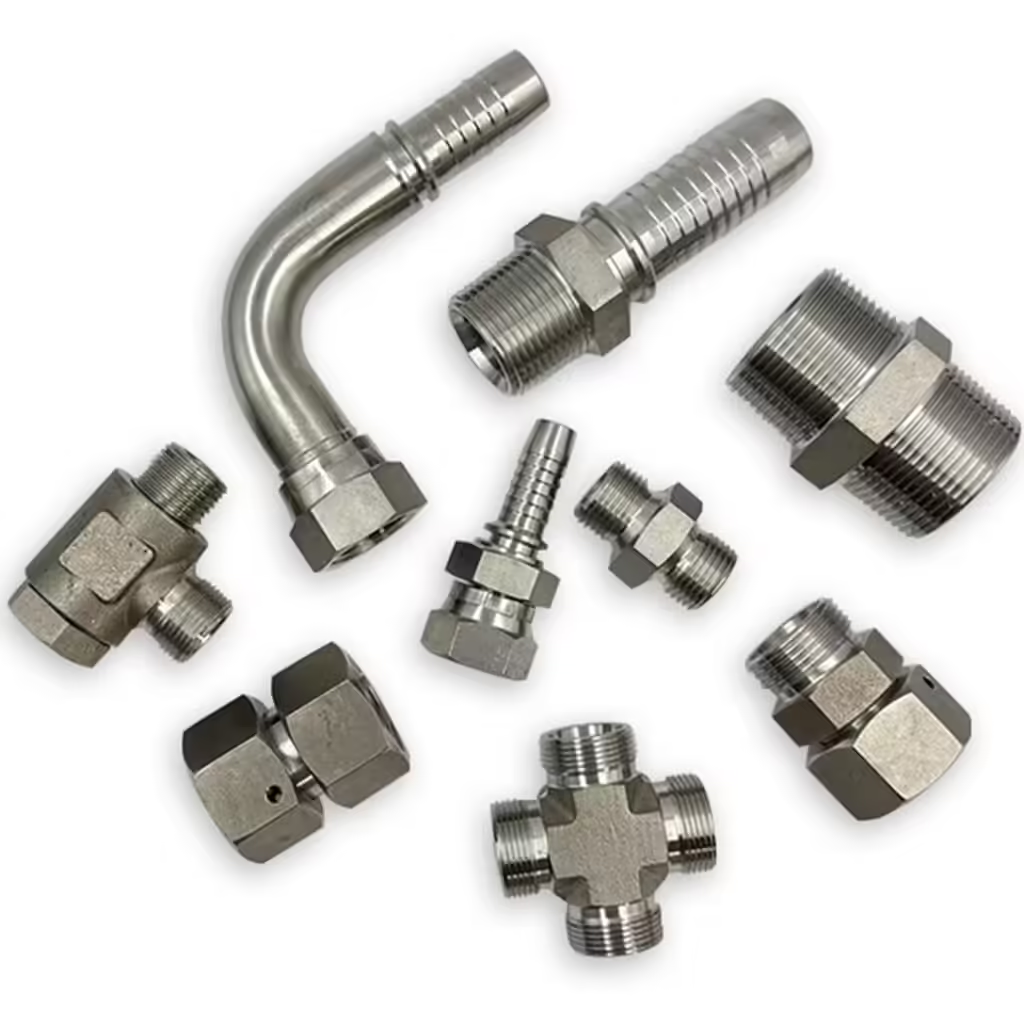
Stainless steel is chosen for its corrosion resistance. However, not all stainless steel pipe fittings are created equal. If you notice rust, pitting, or discoloration on fittings that are supposed to be corrosion-resistant, you may be dealing with a poor-grade alloy or an incompatible fitting for the application environment.
This issue is especially prevalent in marine, chemical, or outdoor environments, where exposure to chlorides or moisture can lead to rapid degradation of substandard fittings. Surface damage is not just a cosmetic issue; it often signifies weakened structural integrity that may fail under pressure.
Warning Indicators:
- Rust rings around fittings
- Surface blistering or pitting
- Joint discoloration compared to the pipe
- Early material fatigue or cracking
Using stainless steel pipe fittings with the correct alloy grade, such as 304 or 316, is vital for withstanding aggressive environments.
Sign 3: Difficult or Unsafe Installation Process
Installation should be straightforward if the fittings match the piping specifications. However, if your installation process involves excessive force, unusual alignment issues, or recurring mechanical failures, it could be a sign that the wrong stainless steel pipe fittings are being used.
Some signs of improper installation compatibility include pipe deformation, stripped threads, or constant need for torque adjustments. These issues can compromise the system’s integrity and lead to costly rework or accidents.
What to Watch for:
- Tools slipping or damaging threads
- Unusual gaps or misalignments in joints
- Threads not engaging smoothly
- Fittings requiring re-tightening after initial setup
Properly selected stainless steel pipe fittings are designed to fit seamlessly and safely with minimal effort.
Comparative Table of Stainless Steel Pipe Fitting Types
| Fitting Type | Description | Pressure Suitability | Application Scenarios |
|---|---|---|---|
| Flared Pipe Joint | Suitable for copper, steel, nylon, and plastic pipes. Simple structure. | Medium to Low | HVAC, Automotive, General Plumbing |
| Welded Pipe Joint | Strong sealing, requires welding, less convenient. | High | Permanent Hydraulic Installations |
| Card Sleeve Pipe Joint | Elastic sleeve clamps pipe, easy installation. | High | High-pressure Cold-Drawn Steel Pipe Systems |
| Crimp Pipe Joint | Hose-specific, with jacket and core. | High | Industrial Hose Assemblies |
| Removable Pipe Joint | Easy disconnection, for high-pressure small-diameter hoses. | High | Systems Requiring Frequent Maintenance |
| Quick-Change Joint | Complex structure, suitable for oil/gas pipeline systems. | Medium to High | Industrial, Gas Distribution |
How to Choose the Right Stainless Steel Pipe Fittings
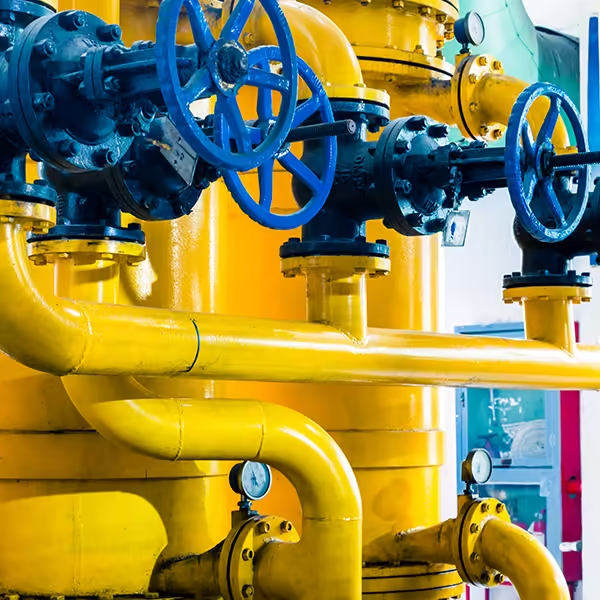
Choosing the correct stainless steel pipe fittings is a critical step in ensuring your system operates safely, efficiently, and with minimal downtime. Fittings are not just accessories—they are fundamental components that influence flow performance, sealing integrity, and corrosion resistance. Making the right decision begins with a clear understanding of your system’s specific demands.
1. Identify the Medium and Pressure Level
The first step is to assess what type of fluid or gas the fittings will be handling, along with the expected system pressure. Different stainless steel pipe fittings have varying pressure ratings and are suitable for specific fluid types—whether hydraulic oil, steam, water, or corrosive chemicals. Using fittings rated below the system pressure can lead to deformation, leaks, or complete failure.
- For high-pressure systems, consider card sleeve or crimp fittings.
- For general plumbing or HVAC applications, flared joints may suffice.
2. Select the Right Material Grade
Not all stainless steel is the same. The two most commonly used grades in pipe fittings are 304 and 316:
- 304 stainless steel is ideal for indoor, non-corrosive environments such as food-grade systems, compressed air, and clean water.
- 316 stainless steel, with added molybdenum, is designed for harsh environments like marine, coastal, or chemical-exposed systems.
Using the wrong alloy grade can accelerate corrosion and compromise long-term performance. Always align the material choice with the working environment.
3. Consider Future Maintenance Needs
When designing a system, think beyond the initial installation. If your system will require regular maintenance, replacement, or inspection, opt for stainless steel pipe fittings that allow for easy access and disassembly.
- Removable or quick-change fittings are ideal for setups that undergo frequent reconfiguration.
- Welded joints, while robust, are not practical where routine access is necessary.
Ease of maintenance not only saves time but also reduces labor costs and downtime.
4. Check Thread Compatibility
One of the most overlooked issues in pipe installations is thread incompatibility. Mixing NPT (National Pipe Thread), BSP (British Standard Pipe), and metric threads can lead to cross-threading, leaks, and even pipe bursts. Confirm the thread type of both the pipe and the fitting before purchase.
- Use thread gauges or refer to system specifications.
- Consider thread sealants or tapes only when the thread types are properly matched.
Ensuring a perfect thread match is a basic but essential rule when choosing stainless steel pipe fittings.
5. Source from Reliable Manufacturers
Finally, always procure your stainless steel pipe fittings from trusted and certified manufacturers. Inferior fittings may look the same on the surface but often fail under pressure or corrode prematurely. Reliable manufacturers provide:
- Material traceability
- Pressure and quality testing certifications
- Detailed documentation and support
At Hebei Minglai Pipe Fitting Co., Ltd., for instance, all fittings undergo strict quality control and are made from high-grade raw materials to ensure long-term performance and safety.
Conclusion
Detecting and addressing early warning signs of mismatched stainless steel pipe fittings can save your operation from unexpected downtime, safety hazards, and expensive repairs. From corrosion and leaks to installation headaches, these symptoms often point to suboptimal or incorrect fitting choices.
Hebei Minglai Pipe Fitting Co., Ltd. is dedicated to providing high-performance stainless steel pipe fittings and hydraulic joints that meet rigorous quality standards. With a wide range of customizable and standard solutions, we help businesses solve real-world connection challenges with confidence.
If your system is showing signs of stress, or you’re setting up a new hydraulic or pipeline network, contact our experts to ensure you’re using the right fittings for the job.
FAQ
What causes stainless steel pipe fittings to corrode?
Corrosion can occur due to the use of low-grade materials, improper alloy selection, or exposure to harsh chemicals and chlorides. For example, using 304 stainless steel in a marine environment instead of 316 can lead to premature rusting and pitting.
Can I mix stainless steel pipe fittings with other metal piping?
Mixing metals in a piping system often results in galvanic corrosion, which degrades the weaker metal. It’s best to use metals that are electrochemically compatible and always seek expert advice when designing mixed-material systems.
Are all stainless steel pipe fittings suitable for high pressure?
No, not every fitting is built to handle high-pressure applications. Only specific types, such as card sleeve and crimp joints, are engineered for such conditions. Always verify the pressure rating before installation.
How often should I replace stainless steel pipe fittings?
When selected and installed correctly, high-quality fittings can last for many years. However, regular maintenance including visual checks and pressure testing is essential to catch signs of wear or damage early.
Why choose Hebei Minglai Pipe Fitting Co., Ltd.?
We offer industry-leading expertise, premium materials, and rigorous quality assurance in every fitting we manufacture. Our diverse product range and custom solutions make us a dependable partner for all your pipeline needs.


